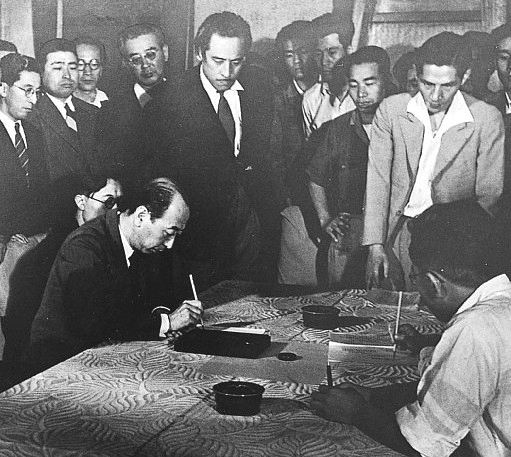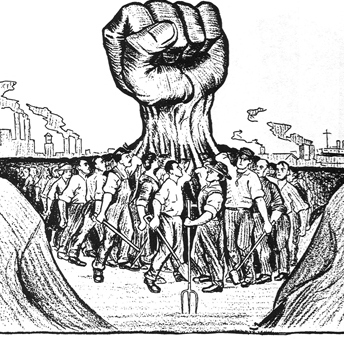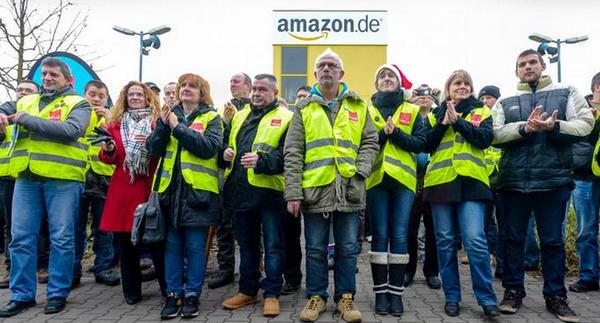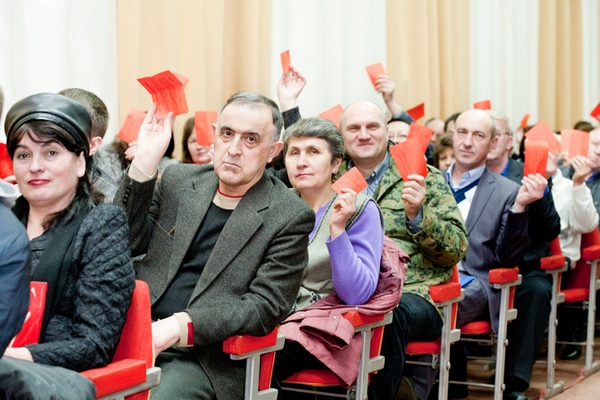Today, compliance with the Labor Code is one of the key areas of activity of many enterprises. With the development of market relations, legal literacy of the working population is growing, the role of social partnership is strengthening. In connection with the tightening of state control over the protection of the rights of this category of citizens, individual and collective labor disputes are increasingly emerging. Next, we consider these relationships in more detail. 
General information
In connection with the new stage of economic development, it is extremely important for both employees and employers, as well as representatives of various structures to know the current labor standards. Gradually, collective labor disputes become part of not only economic, but also social life. The right to them is established in Art. 37 of the Constitution. The procedure for resolving a collective labor dispute is enshrined in the relevant Federal Law. Article 46 of the Constitution provides for the right to receive judicial protection of freedom and rights, as well as to appeal against decisions and behavior (inaction or actions) of officials and authorized bodies.
The concept of collective labor disputes
The definition is given in the TC. In accordance with it, collective labor disputes represent an open disagreement between employees and employers (or representatives of both). Reasons for a conflict may be changes and establishment of production conditions (including wages), conclusion, additions or execution of contracts, agreements. The reason may be the employer's refusal to take into account the opinion of the elected representative organization of workers in the process of development and subsequent implementation of local regulations. The resolution of collective labor disputes is carried out by an authorized judicial body. This circumstance indicates the fundamental difference between this category of conflicts and disagreements that are resolved by the participants in the legal relations independently. This suggests that collective labor disputes arise, in addition to general circumstances, from interactions of the organizational and managerial type. A conflict of this nature is a disagreement on the establishment of a new or implementation of an existing law, which is provided for in the Labor Code, by agreement, agreement, contract. 
Characteristic
The procedure for resolving a collective labor dispute provides for the establishment of the moment the conflict begins. It is considered to be the number of messages from the employer (representative) about the rejection of a certain number or all of the employees ’requirements at once, or his failure to communicate a decision within the period established by law. The starting point is also the number by which the protocol of the conflict was drawn up during the negotiations. It should be noted that the fact of the emergence of disagreements is not considered a collective labor dispute, as long as there is an opportunity to resolve it on their own. In its absence resort to the help of conciliation procedures.
Subjects
The law defines the parties to a collective labor dispute. They are:
- Representatives of workers. They represent the bodies of associations and trade unions, having the authority under the Charter to express the opinion of the collective.They may also be amateur groups formed at a conference (meeting) of employees of an enterprise, its branch, or other unit.
- Representatives of employers. These may be heads of enterprises or other persons authorized by the Charter of the company, or bodies of associations of senior management organizations.
The procedure for resolving a collective labor dispute provides for the participation of trade unions on the part of workers. The relevant Law "On Professional Associations" provides for several terms. In particular, there are categories such as:
- Primary trade union organization.
- All-Russian Professional Union.
- Interregional trade union committee.
- All-Russian Association of Trade Unions.
- Union body.
- Interregional Association of Associations of Trade Unions and others.
Classification
Collective labor disputes differ by several criteria. So, in accordance with their nature, there are differences:
- On the issue of changing or establishing production conditions, circumstances of agreements on the problems of life and the activities of personnel, concluding or amending contracts, agreements.
- Regarding the implementation of the norms of the TC, the terms of agreements.
In accordance with the legal relationship, distinguish:
- Conflicts arising from the interaction of the personnel of the organization, institution, enterprise with the administration (employer).
- Disagreements arising from the legal relations of the trade union committee with the employer.
- Conflicts of a wide scope. They arise from the legal relations of public partners that are at a higher level than an enterprise, organization, institution.
As it becomes clear from the above categories, all disputes of a collective labor nature are disagreements in the field of social partnerships. The conflicting entities are personnel, associations of employers and workers, as well as their associations represented by authorized representatives at the territorial, sectoral, regional, federal level, directly at the enterprise or organization. 
The procedure for resolving a collective labor dispute
As mentioned above, the beginning of the conflict coincides with the moment when the employer refused to meet the requirements of employees put forward at a conference or general meeting. Claims by workers and their representatives are made out in accordance with the relevant Federal Law. First of all, these requirements should be formulated and put forward at a conference or meeting. The latter is considered competent if more than half of the entire staff of the enterprise is present. A conference is recognized as such if it is attended by at least 2/3 of the total number of selected delegates. Nominations of authorized representatives are approved at the meeting. With their participation, collective labor disputes are settled when management rejects the requirements of employees. The claims of the staff by the representative association must be stated in writing and sent first to the employer. From this moment, conciliation proceedings may be initiated with the participation of the relevant commission. Collective labor disputes are also considered in arbitration.
Conciliation procedure
It is a direct consideration of collective labor disputes. The purpose of these measures is to resolve disagreements. The resolution of labor disputes can be carried out in several stages, with one or another sequence of procedures. Events can be 1-, 2- and 3-story. This means that only the commission can participate in the process, or it with an intermediary or arbitration, or it, the representative and the provisional body. It must be said at the same time that a one-story conciliation procedure is considered mandatory for everyone. The rest is usually done with the consent of the participants. 
Conciliation commission
The principle of its formation is the equality of the parties. In practice, this is manifested by the creation of a commission of the same number of representatives from employees and employers. This principle is fully consistent with international standards. So, on the basis of clause 2 of the ILO Recommendation (1951), in any body designed to carry out conciliation procedures, formed on a mixed basis, it is necessary to include the same number of representatives from workers and employers. The number of commission members is set in accordance with the scale of the conflict and the complexity of the requirements. So, the amount can vary from 2 to 5 from each side. Representatives should be well aware of the essence of the problem and master the art of negotiation. One of the main tasks of the commission is to assist the disagreement participants in finding a mutually satisfactory solution to the issue on the basis of constructive negotiations and in compliance with the principle of equality. 
Important points
None of the participants in the disagreement can evade participation in the conciliation procedure. Each such event is held within the time limits prescribed by law. However, if necessary and by agreement of the parties, they can be changed (extended). No statute of limitations has been established for collective labor disagreements. In support of the requirements put forward by the employer, employees have the right to hold strikes, pickets, demonstrations, rallies, meetings in accordance with the law. The conciliation commission, arbitration, representatives and intermediaries of the participants, as well as the settlement service, must apply all legal methods to eliminate the conflict.
Mandatory stage
As mentioned above, it is the commission's consideration of the dispute. The rules for the implementation of this event are established in Art. 402 shopping mall. The conciliation commission is a jointly created by the parties body on a parity basis within a 3-day period from the beginning of the disagreement. His education should be formalized by the relevant Order of the head of the enterprise, as well as by the decision of representatives of workers who delegate authorized by the meeting of employees. The number of participants is established in accordance with the agreement of the conflicting. Parties cannot evade the creation of a commission. Otherwise, the proceedings are carried out as part of the arbitration. The conciliation commission may consider the dispute within five days (workers) from the date of issuing the Order. The decision taken by the elected body is adopted in accordance with the agreement of the parties to the conflict and is recorded in the protocol. This document is binding. If it is not possible to reach agreement as a result of the work of the commission, the parties continue the procedure with the involvement of an intermediary or (and) in a temporarily acting authorized body. 
Arbitration
It is formed by the Conflict Resolution Service and the parties to the disagreement. The term for its creation is no more than 3 days from the completion of the proceedings by the conciliation commission. The labor arbitration should not include representatives of conflicting participants. In this case, the employer, by appropriate decision, prepares the creation of the body, its regulations and personnel, as well as the authority. Labor arbitration is formed if the parties to the disagreement have signed an agreement on the mandatory execution of their decision. This provision of the Labor Code allows workers to start a strike if, after the commission’s activities, no agreement has been reached to engage an intermediary and form arbitration.
